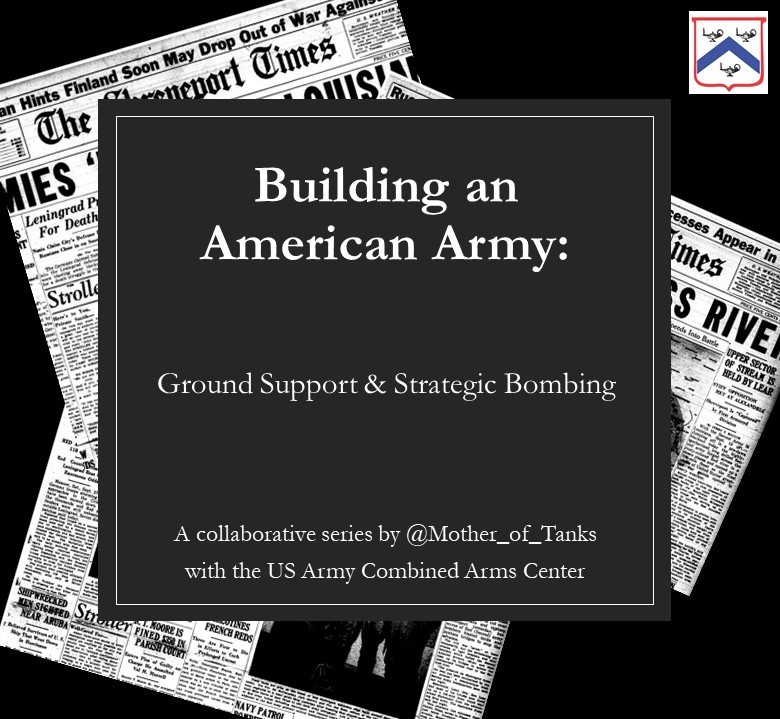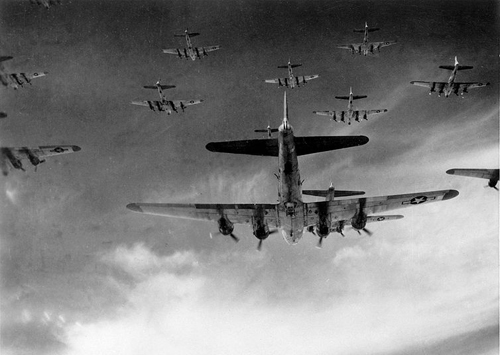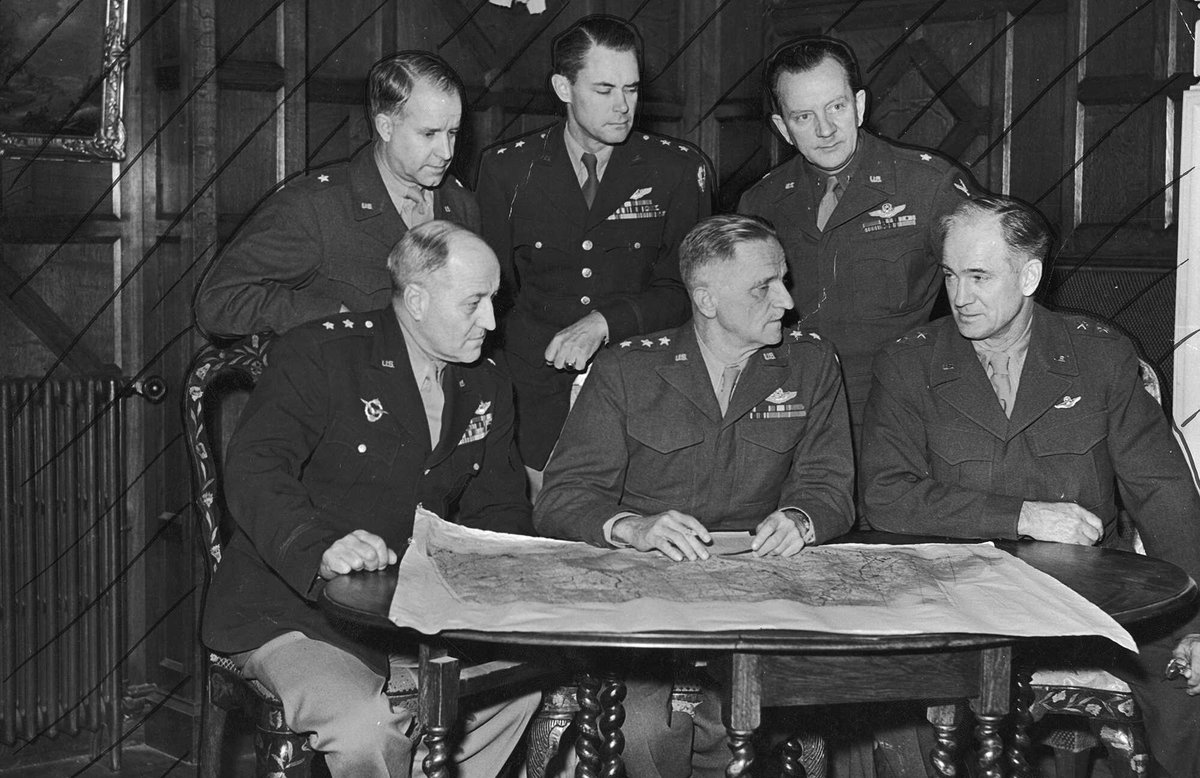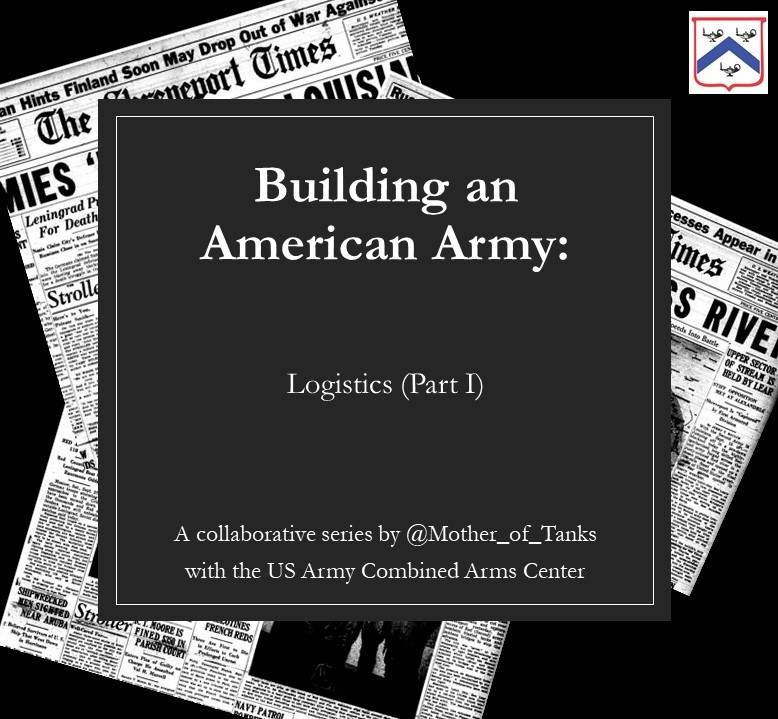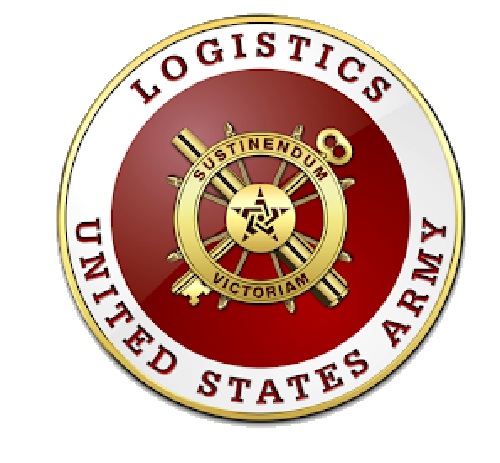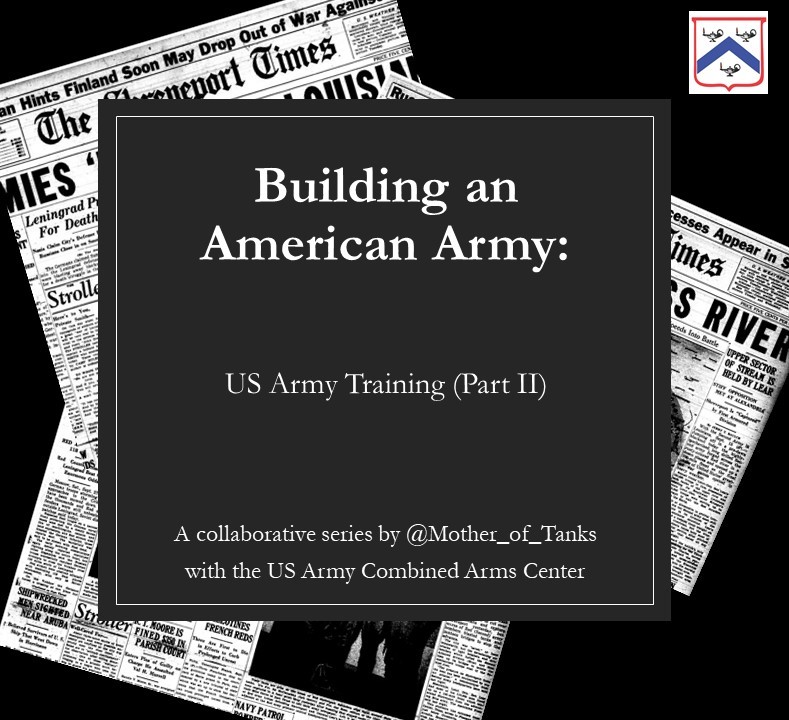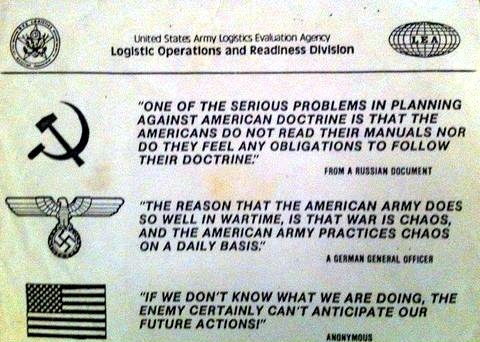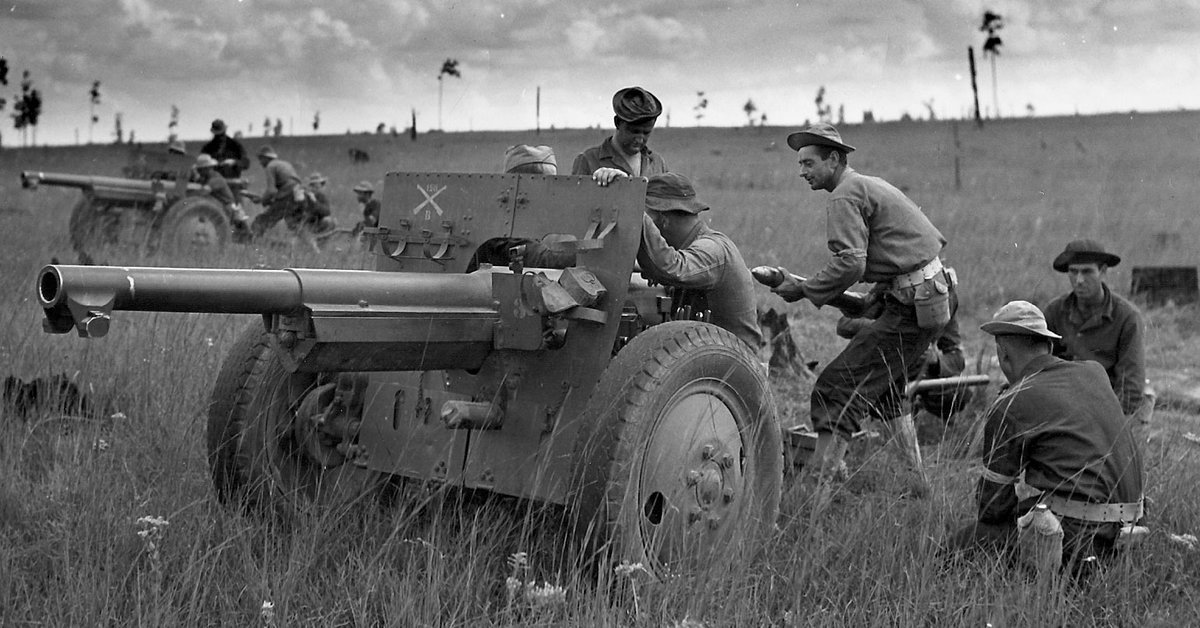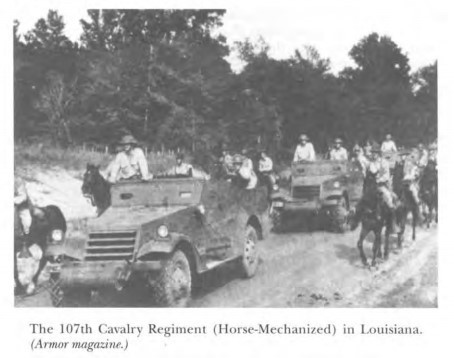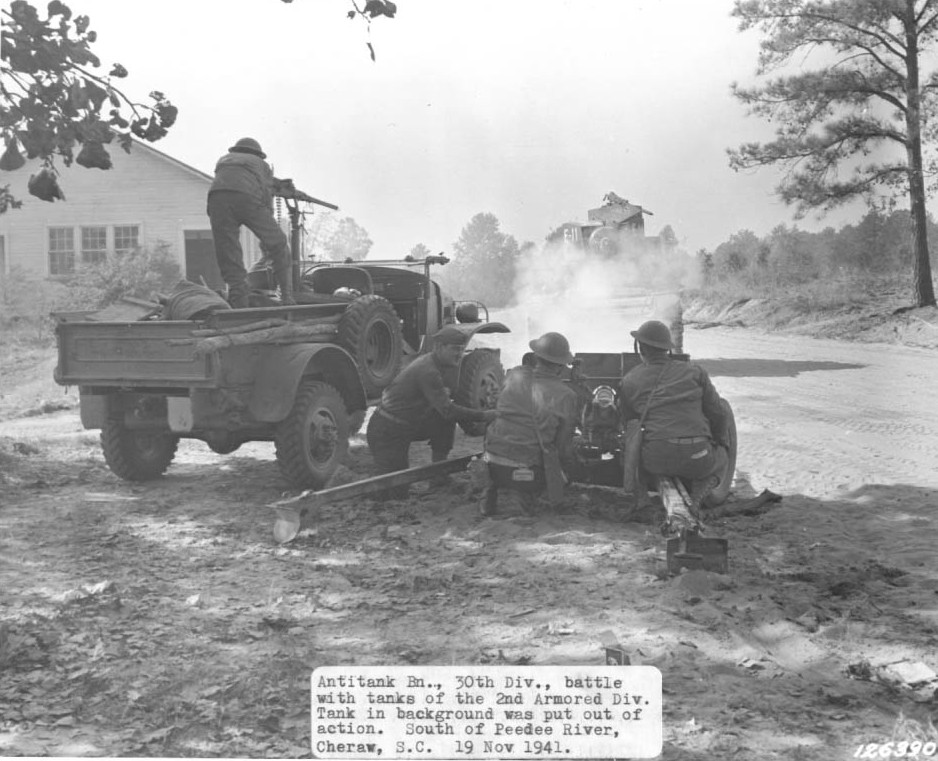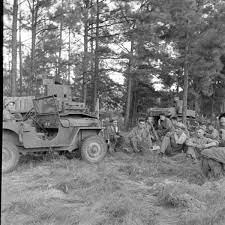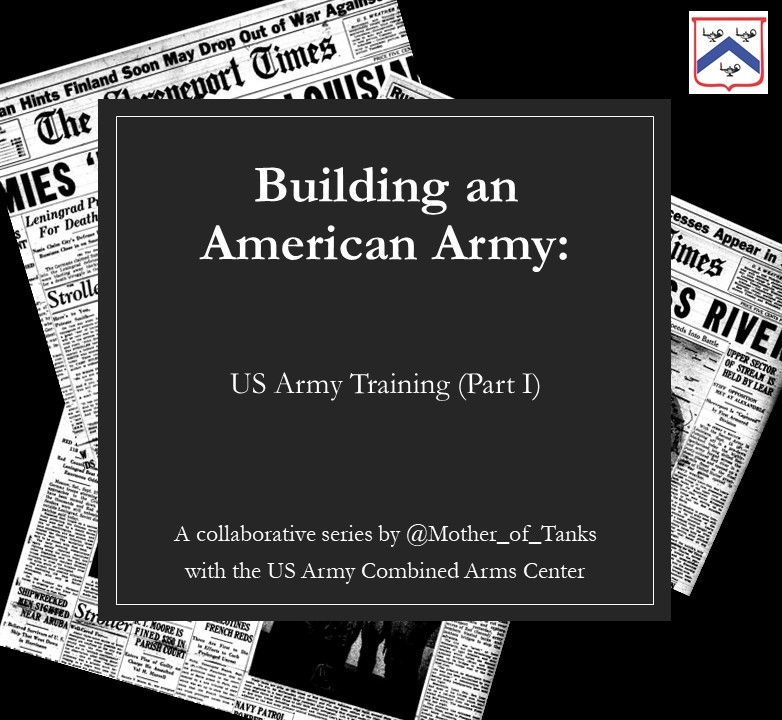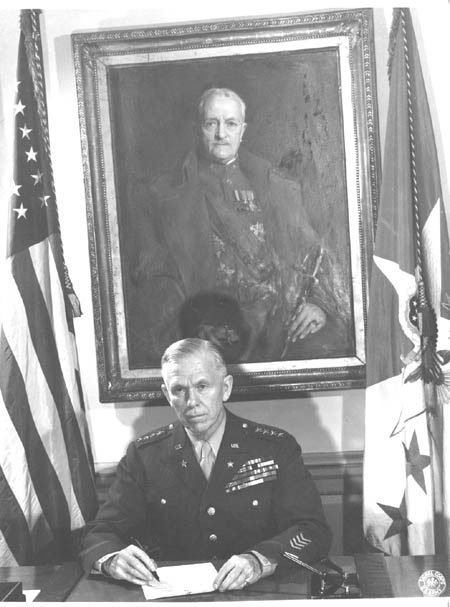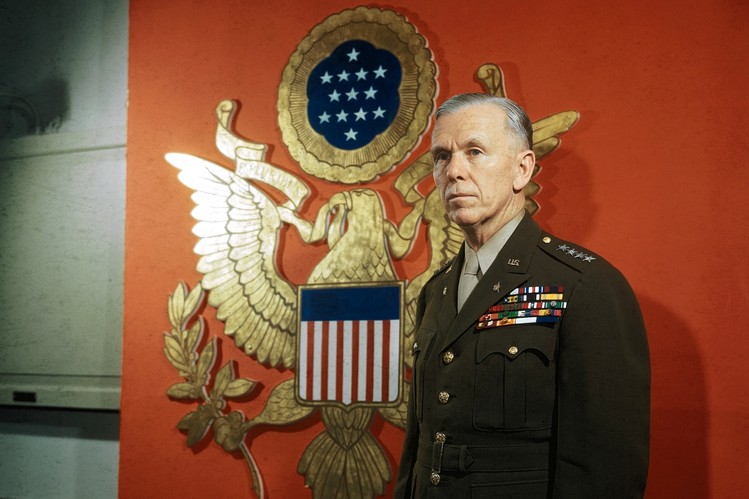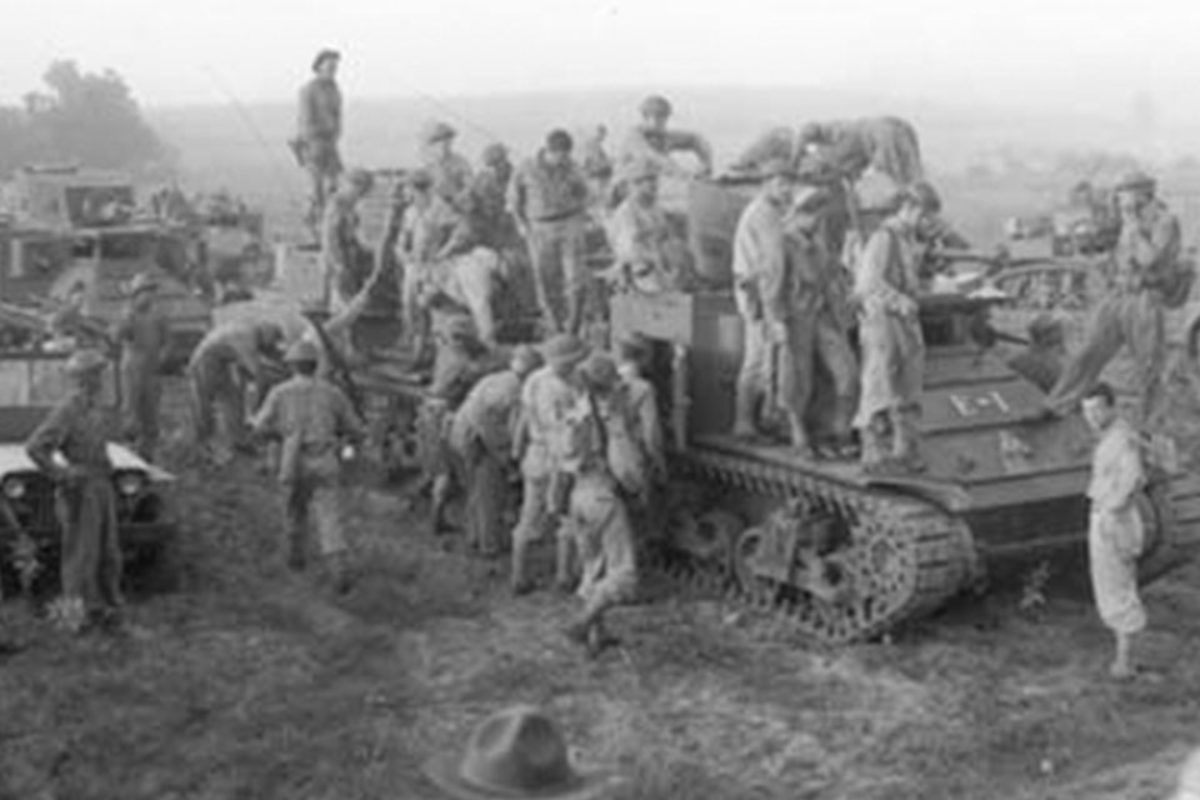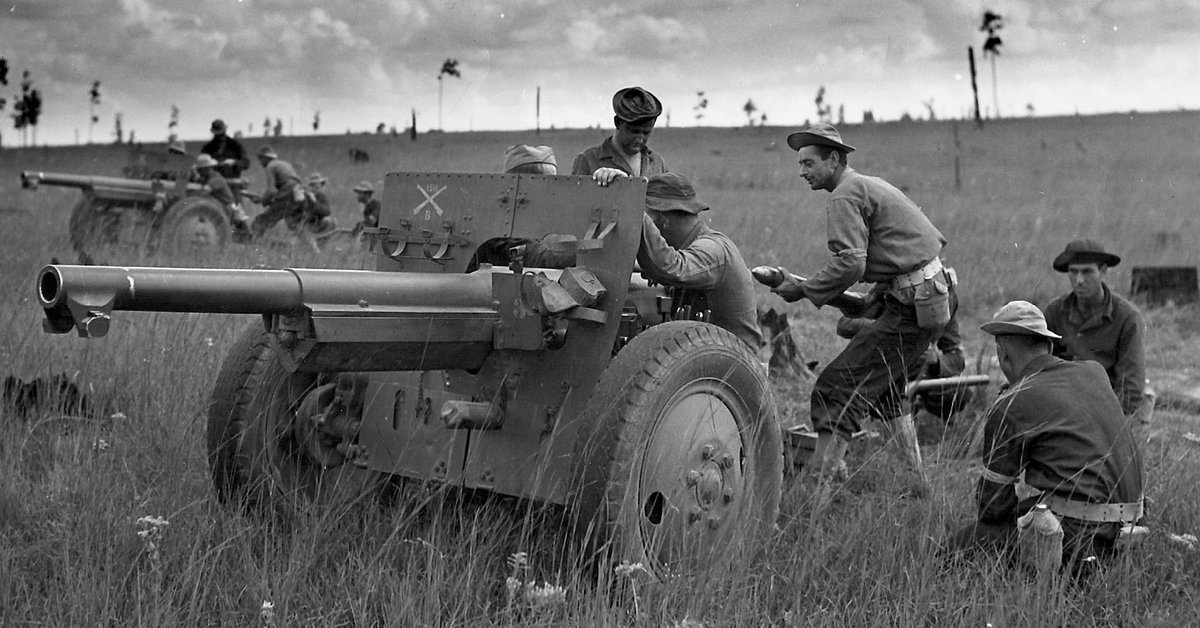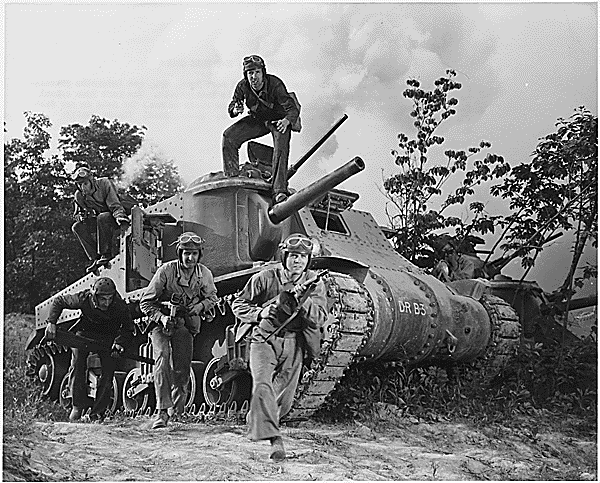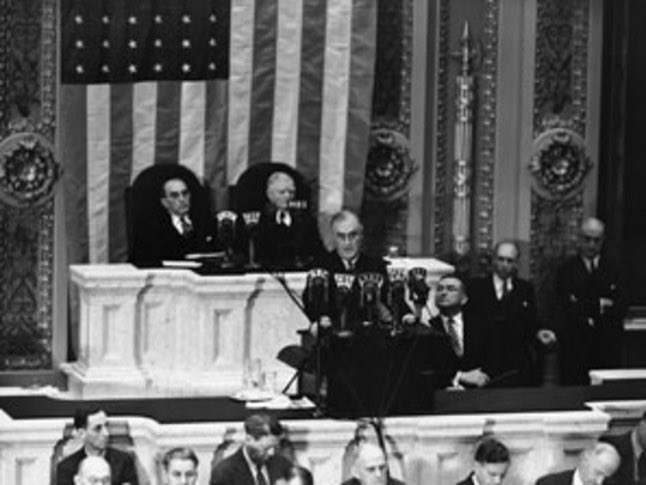
High-altitude precision strategic bombing first started gaining momentum in the mid-1920s at the @USArmy Air Corps Tactical School (ACTS), which was at Langley Field in Virginia at this time. By 1930, it would be the foundation of instruction at the school. 

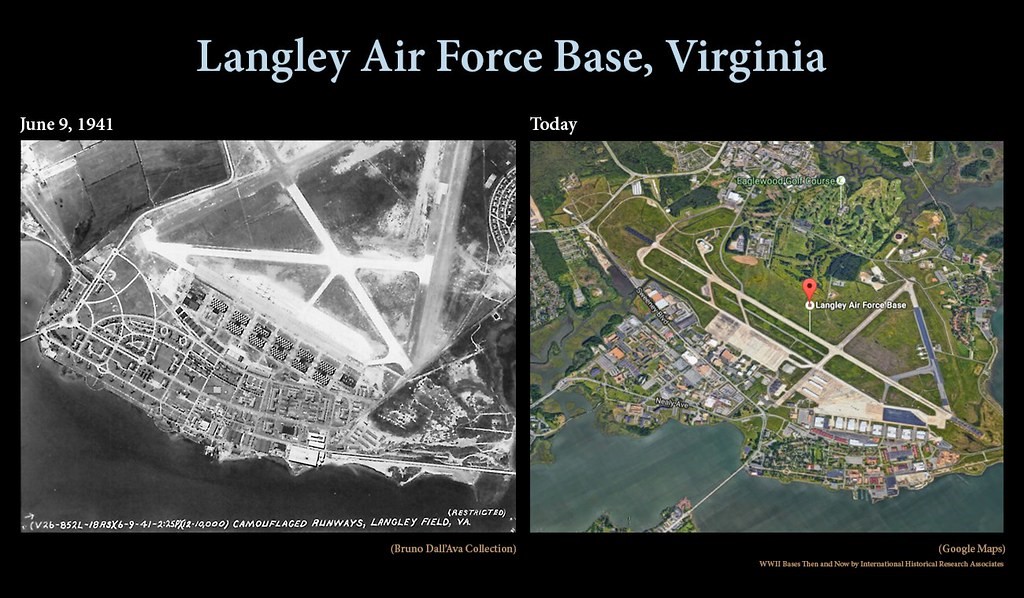
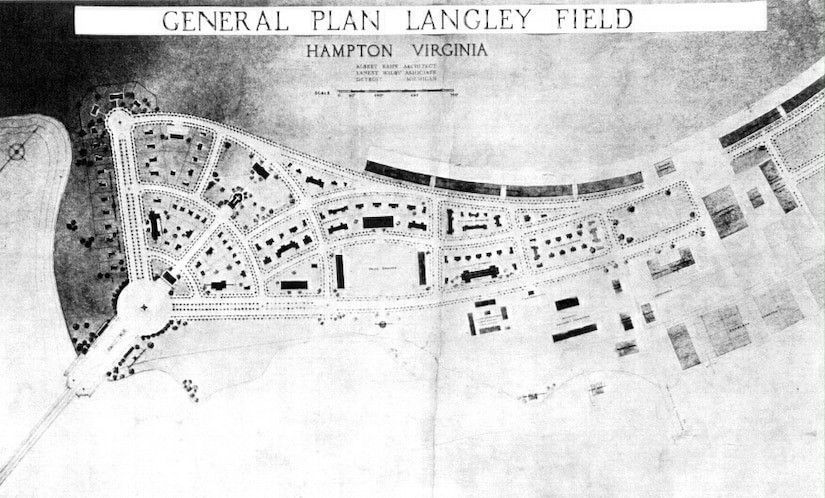
Developing doctrine for strategic bombing would be the ultimate expression of independent Air Power and talk of this began dominating discourse in the 1930s. This is Guernica, destroyed in 1937 by German forces testing their doctrine in the Spanish Civil War. 
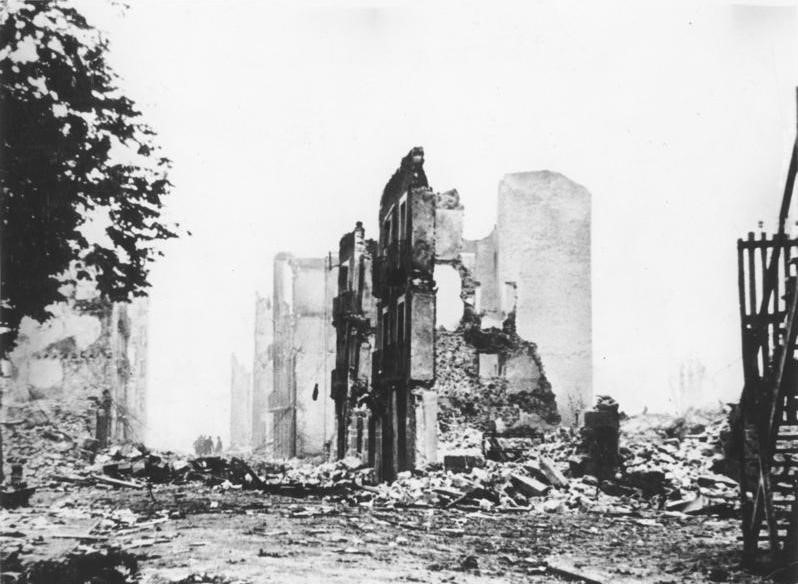
At the time, strategic bombing was not very feasible, and some argue that the ACTS’s preoccupation with strategic bombing led them to neglect other displays or uses of Air Power.
“With the increase in emphasis on the strategic employment of the bomber, there was a decline in attention paid to air support of surface operations.” 
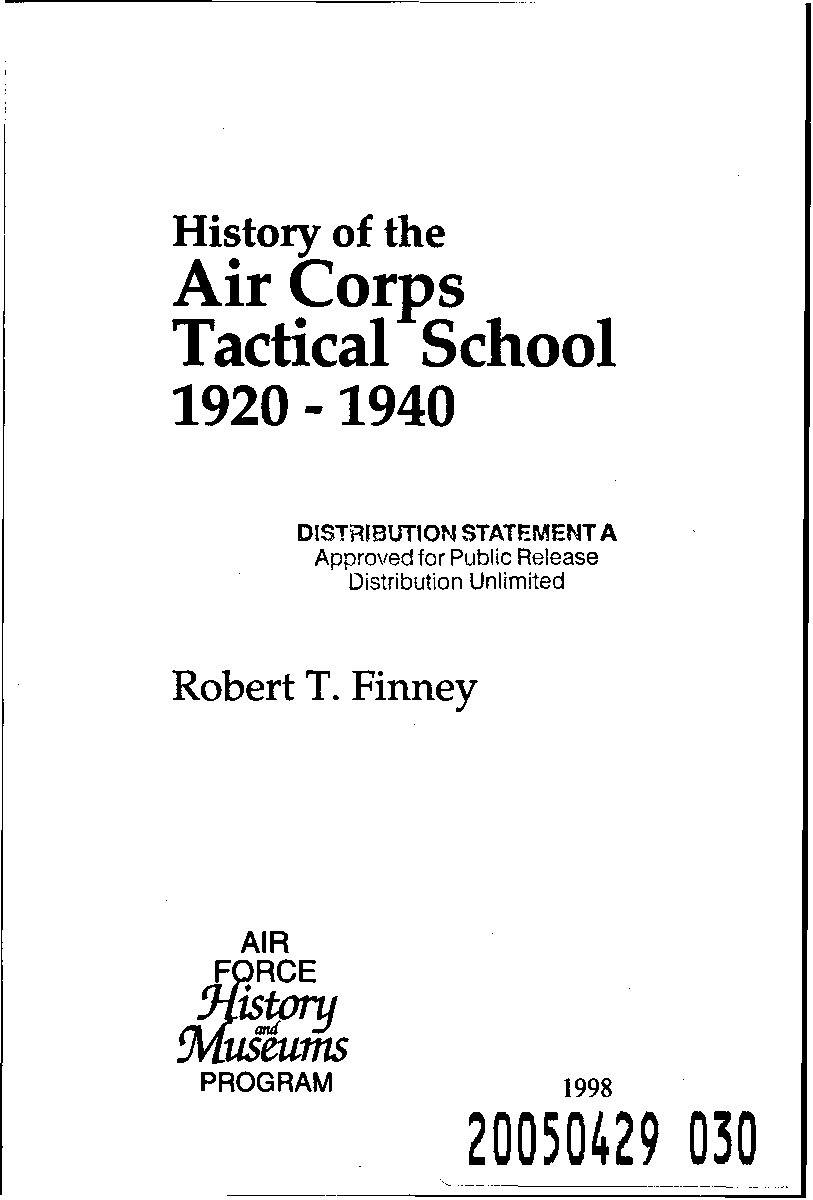
“Nevertheless, this phase of @usairforce activities was never completely neglected – throughout history of the school, instructors recognized that air operations in support of ground forces might be required.” 
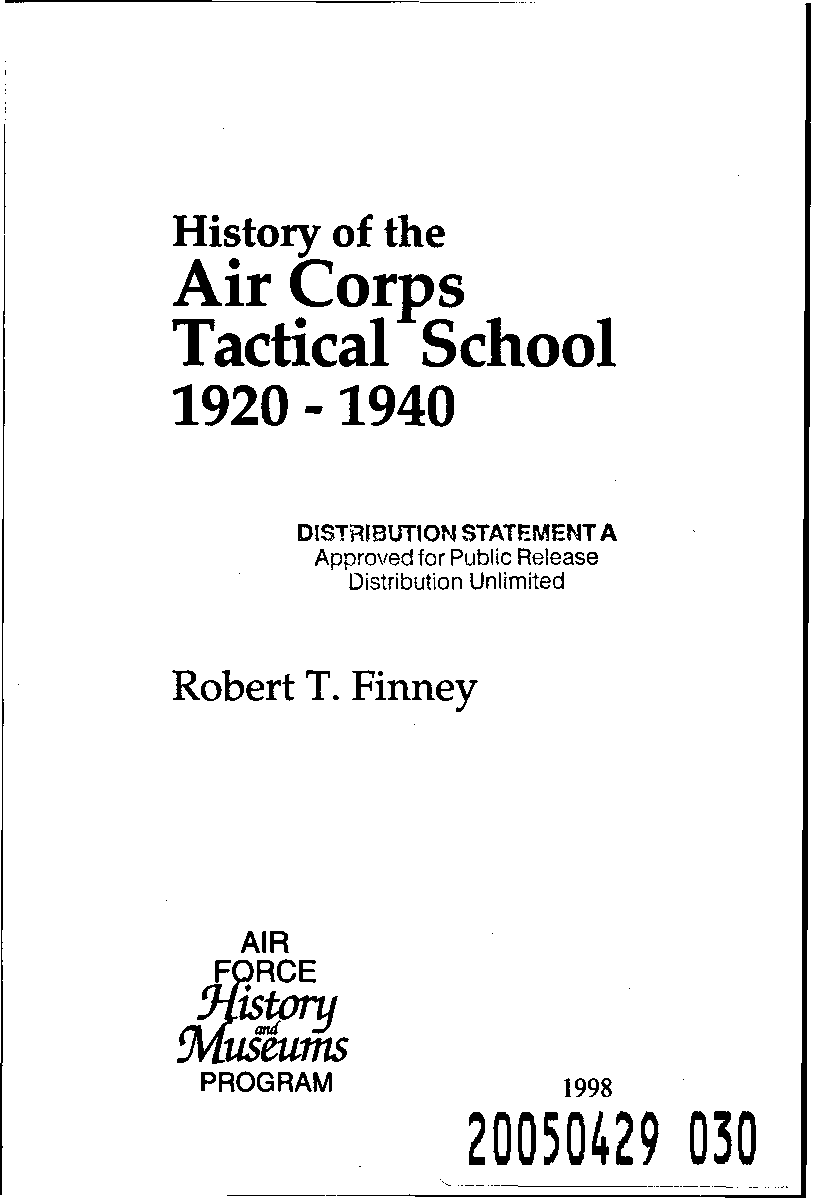
But the Army Air Corps’ attitude toward the support of Ground Forces was fairly obvious.
“The idea that employing both ground forces and the GHQ Air Force only against oppressing ground forces, and thereby defeating the enemy in detail, was viewed as an alluring but false doctrine.”
The tensions would continue between the Army Ground Forces and Air Forces in the early 1940s with regard to their attitudes over the strategic situation, which called for “hemispheric defense, not bombing the enemy’s homeland.” 


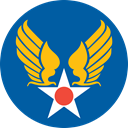
This tension was reinforced by reports from Europe about the German Luftwaffe, which had proven fairly conclusively that the role of air forces for ground support was important in mechanized warfare. 



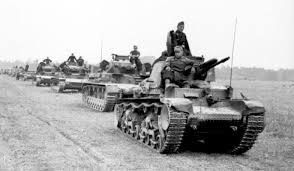
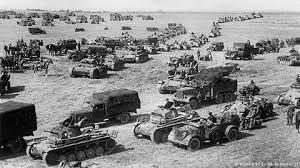

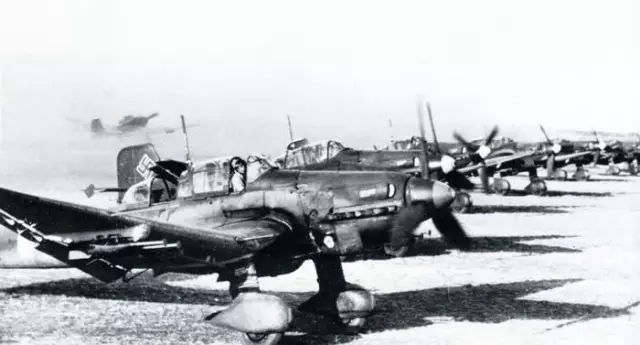
The German Luftwaffe had been designed for ground support operations. When hostilities began, those early campaigns through 1939 & 1940 included targeting opposing aircraft on the ground, as well as crippling production and maintenance facilities, thus securing air superiority. 

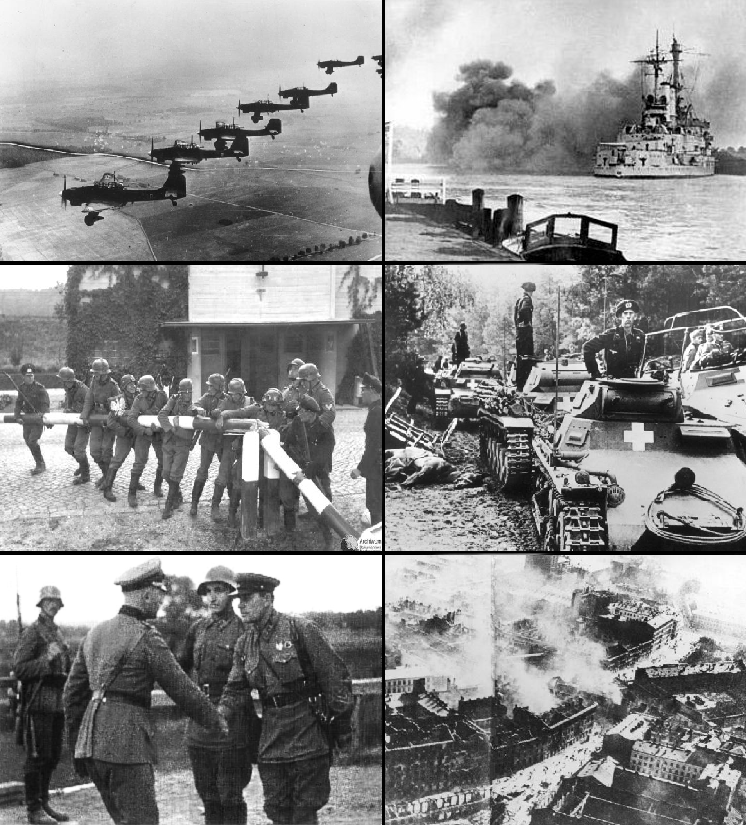
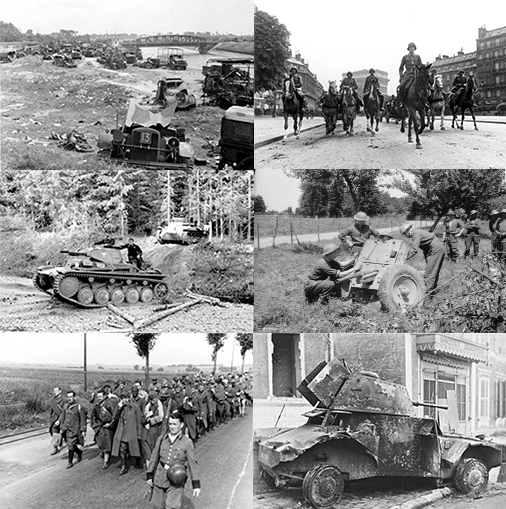
The German dive bombers would then target strongpoints in an effort to thwart deep attacks against their own Panzer (tank) forces. The dive bombers were kind of acting like mobile heavy artillery. 
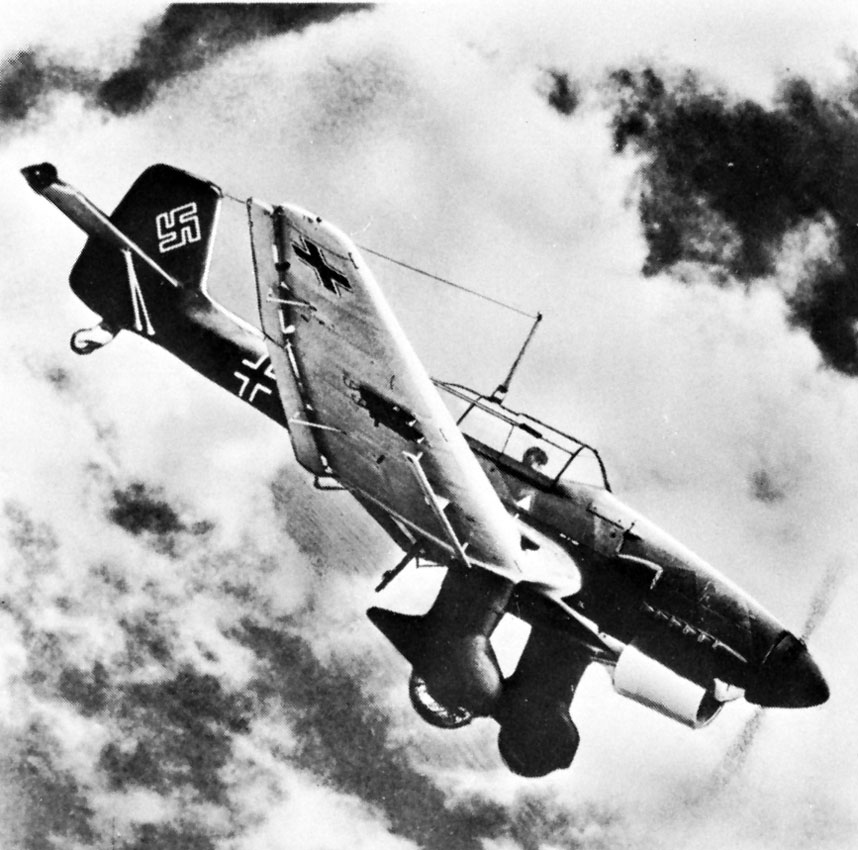
The German Luftwaffe would provide flank security as well, disrupting attempts to organize counterattacks against the German ground forces. And the Luftwaffe helped isolate battlefields by attacking communications lines. 



Terror was an important tool for the Luftwaffe. They would bomb civilians in an effort to intimidate opposing nations and force capitulation.
(Poland, 1939)
(Poland, 1939)

General George C. Marshall wanted an Air Force that could replicate the accomplishments and successes of the German Luftwaffe. 

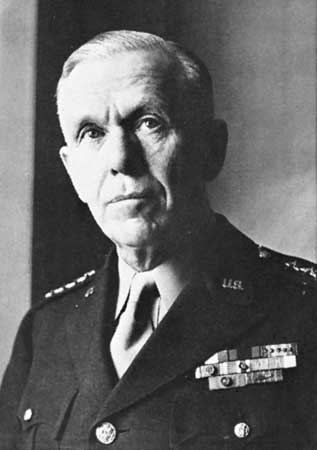
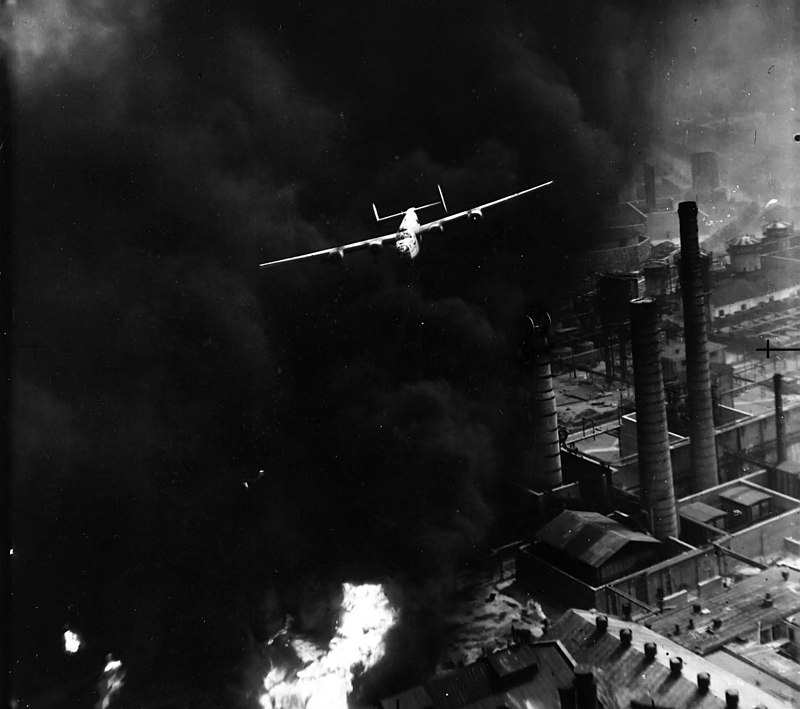
“Hap” Arnold argued that the Luftwaffe operations confirmed what was being taught in doctrine at the Air Corps Tactical School but that the Army Air Corps, later the Army Air Force, was not able to replicate all of these same functions. 

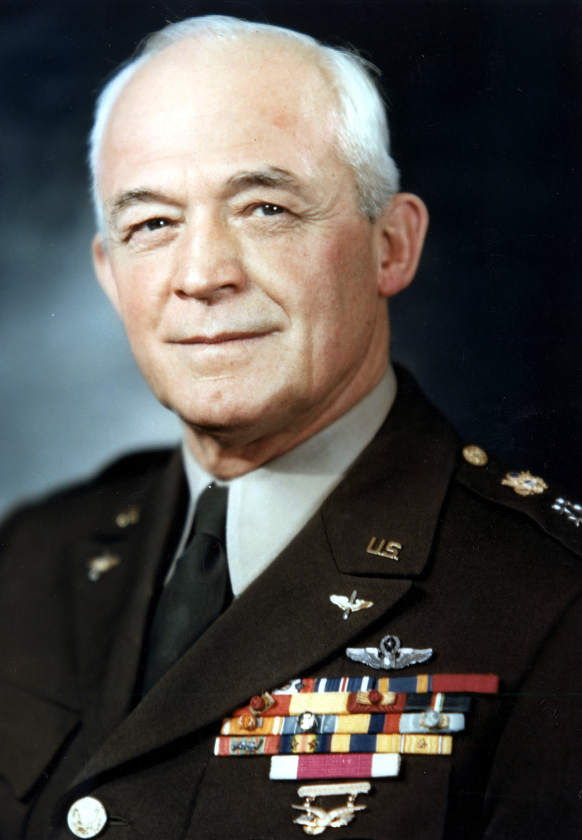

Doctrinally, the Air Corps prepared to conduct operations that would disrupt enemy counterattacks and isolate the battlefield, as the Luftwaffe was doing. 
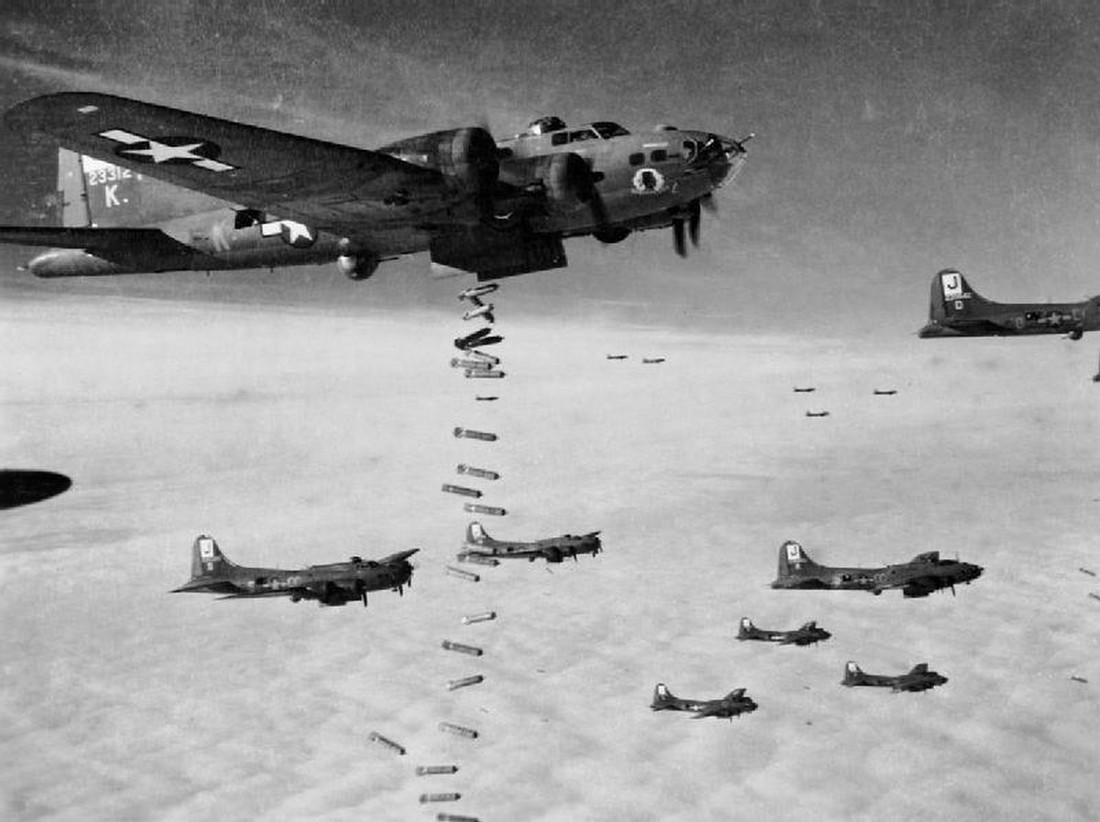
And experience would eventually prove that American bombers could deal considerably devastating attacks against population centers. 
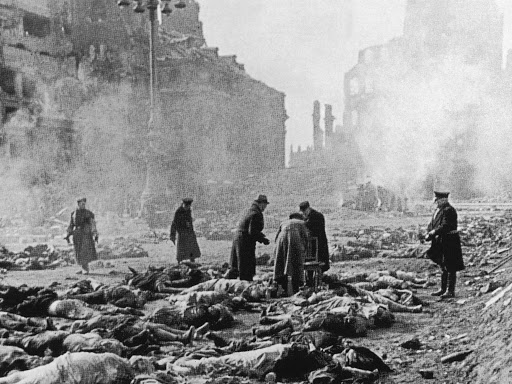
But something was missing – the “heavy artillery” function – that “selective hammering of enemy strongpoints on the immediate battlefield”
This mission, or use of air power, was present in Air Doctrine, but it was extremely underrepresented in training programs and aircraft procurement.
Not always. In the early 1930s (1932-36), the Army Air Corps purchased over 150 single-engine attack planes which they intended to use specifically for ground support. (The source didn’t specify but they probably meant this one, the Boeing P-26 “Peashooter” which is adorable 😂) 

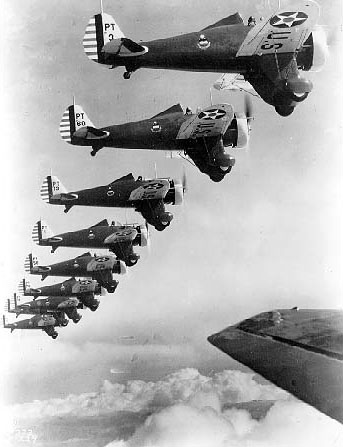

Then around 1939, the Air Corps phased out these attack planes, and replaced them in 1940 with twin-engine light bombers (A-20). When Congress authorized the expansion of the AAC to 54 groups in 1940, this included only 7 ground-attack groups with a total of 438 light bombers. 

When the Air Force was authorized 84 groups in 1941, this included 770 light bombers (in 13 ground-attack groups). General Marshall refused to approve the 84-group proposal until it included a dive bomber comparable to the German Ju-87 Stuka. 

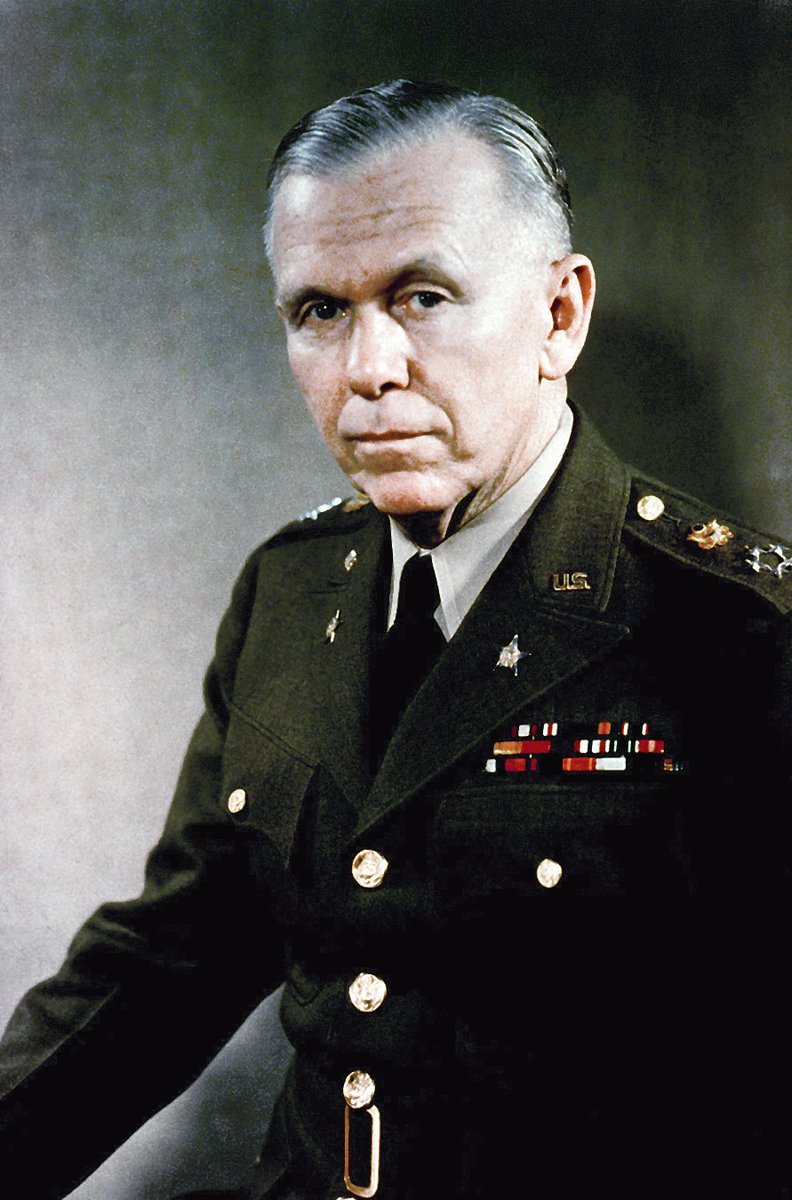
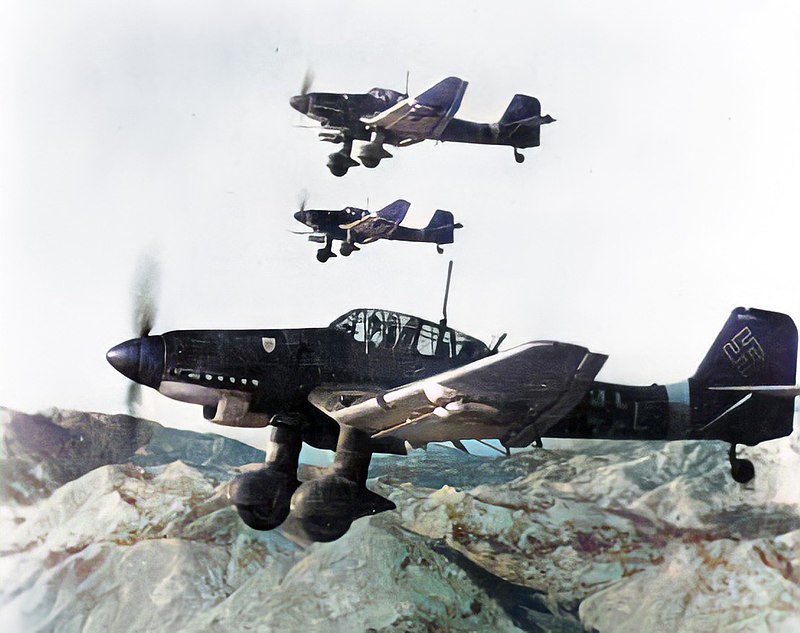
So, the Air Force agreed to designate 12 (of the 13) ground-attack groups as “dive-bomber units” but at the time, they did not have any dive bomber aircraft and no approved models for production.
In the summer of 1941, the Assistant Secretary of War for Air, Robert Lovett, pressed the Air Force over neglecting to procure dive bombers. The @usairforce accepted its first dive bomber design, the A-24. 

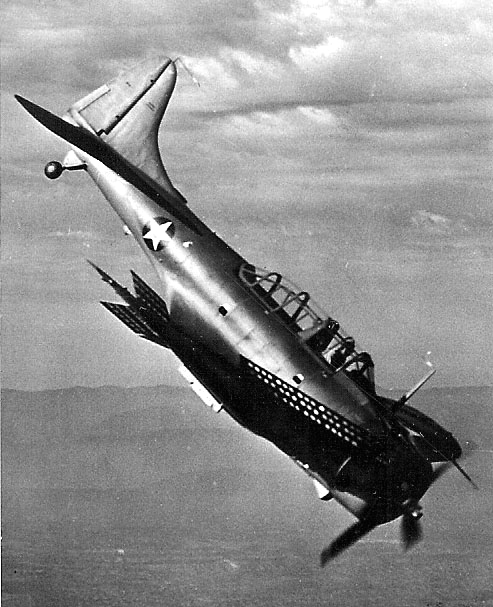
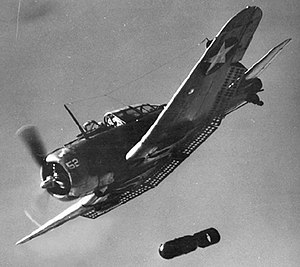
A-24 was the @USArmy designation. The @USNavy called it the Douglas SBD Dauntless dive bomber. It had two light machine guns in forward-facing mounts (which limited its ability to provide ground support). 
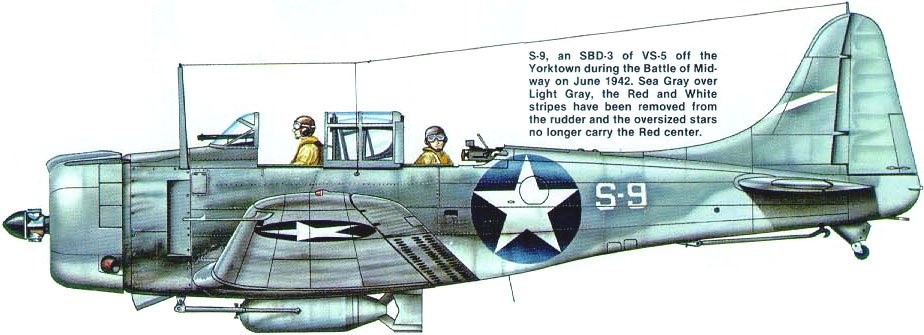
“Many more months would pass before the Army Air Force training program produced even one fully qualified dive-bomber pilot.” 


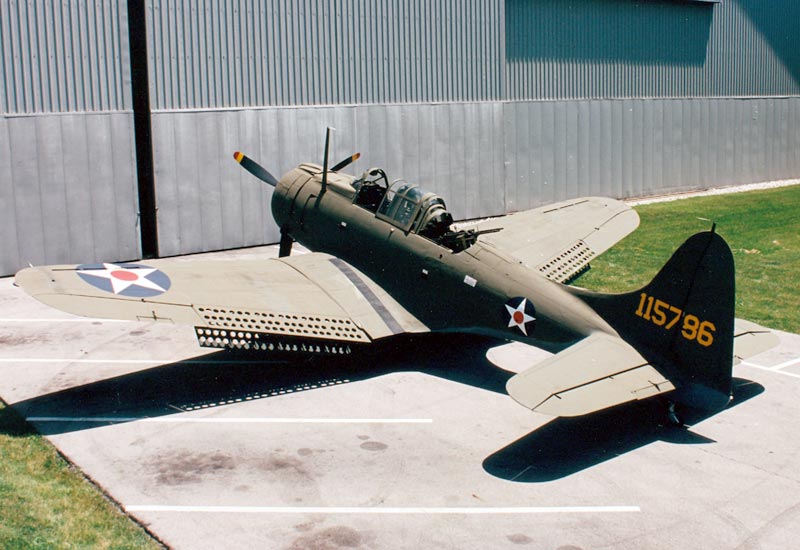

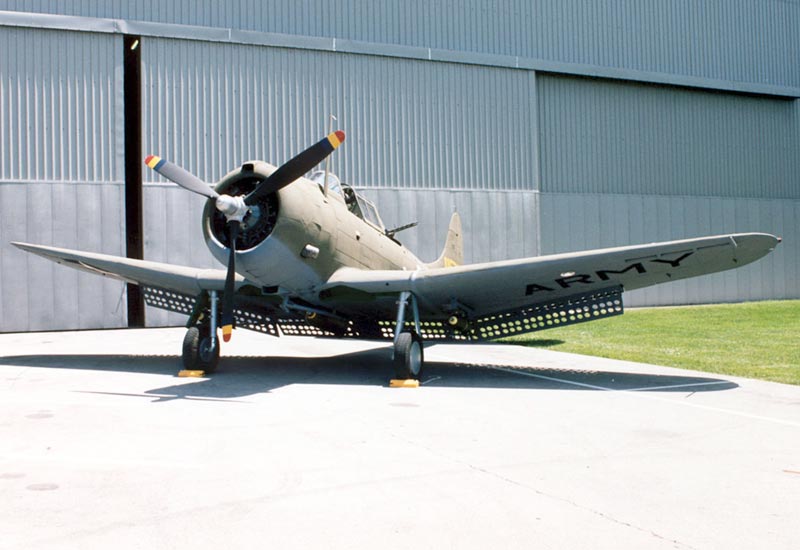
The problem with training is that it required both air and ground units. Lesley McNair was responsible for the joint air-ground training but he had no authority over the Army Air Force training schedules. 


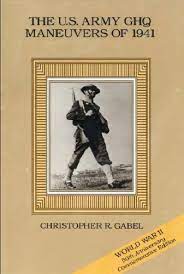
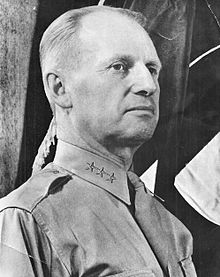
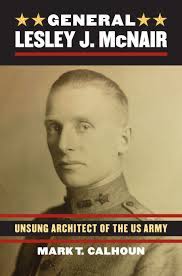
And the Army Air Force could not really fix that coordination problem until they had training pilots ready to do the joint training.
The 1940-1941 training directive for the Air Corps / Air Force stated: “because of the current Air Corps expansion, individual training must be given first priority” although “every advantage must be taken for training in tactical cooperation with the other arms.”
When GHQ issued instructions and schedules in 1941 for the upcoming corps and field army training events, the Air Corps was not included.
But they were able to provide one bomber wing for air support testing, under the direction of IV Corps @FortBenning between February and June 1941. 

The 17th Bombardment Wing "Light" (later they’d be “Very Heavy”) conducted 9 joint exercises with @4thInfDiv, 31st Division, and 2nd Armored Division. During this experience, the airmen developed procedures for better supporting the ground units. 
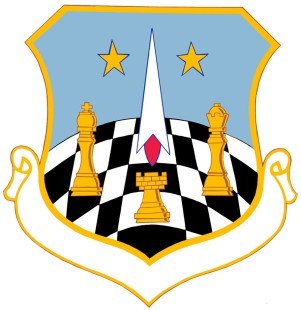
This testing provided data on problems between ground and air elements, such as identifying or differentiating between units and hostile forces, and minimum safe distances between targets and friendly ground units.
This was obviously extremely beneficial, but it was only the beginning of efforts to address the problems inherent to ground support in large-scale operations.
By the time the 1941 GHQ Maneuvers were held, which we will discuss later this year, we had yet to conduct any real joint training between air and ground units.
The 1941-1942 Training Circular from the War Department implicitly relegated ground support to third on the list of priorities that the Army Air Force would focus on.
“The air forces, directed by Chief of Army Air Forces, developed their triple mission as a separate [i.e. strategic] striking force, as an element of regional air defense, and as a component of combined arms in close support of ground operations.” 



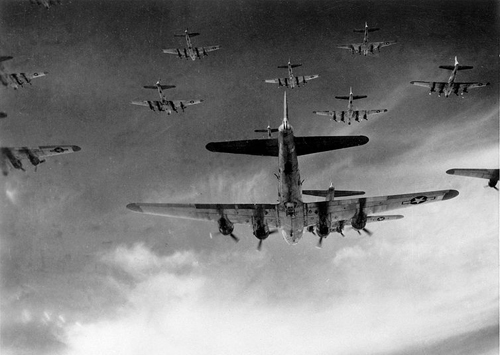
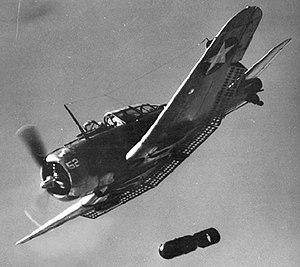

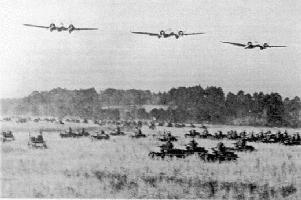
“Emphasis will be placed on training and operations at altitudes above 20,000 feet, including combat maneuvers, visual and photographic reconnaissance, aerial gunnery, and bombing at or near the service ceiling of the aircraft.” 


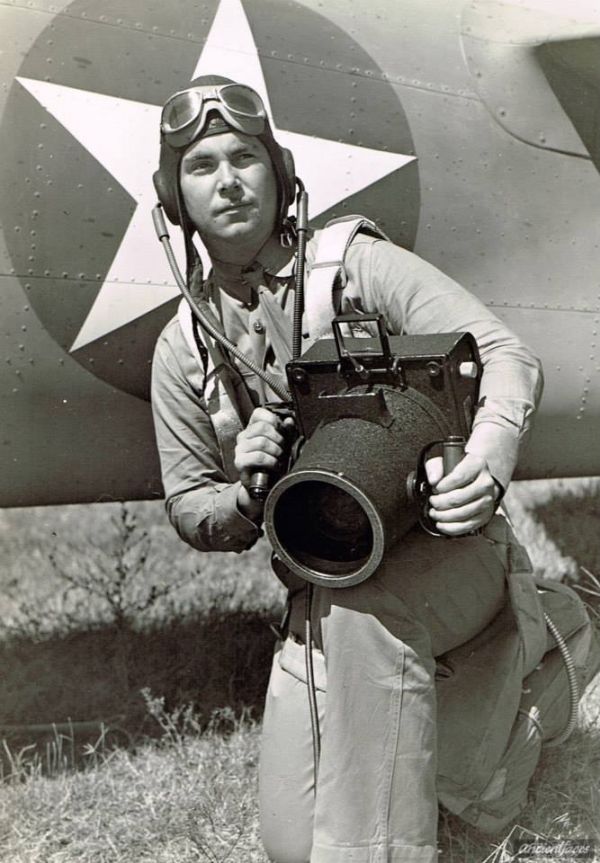
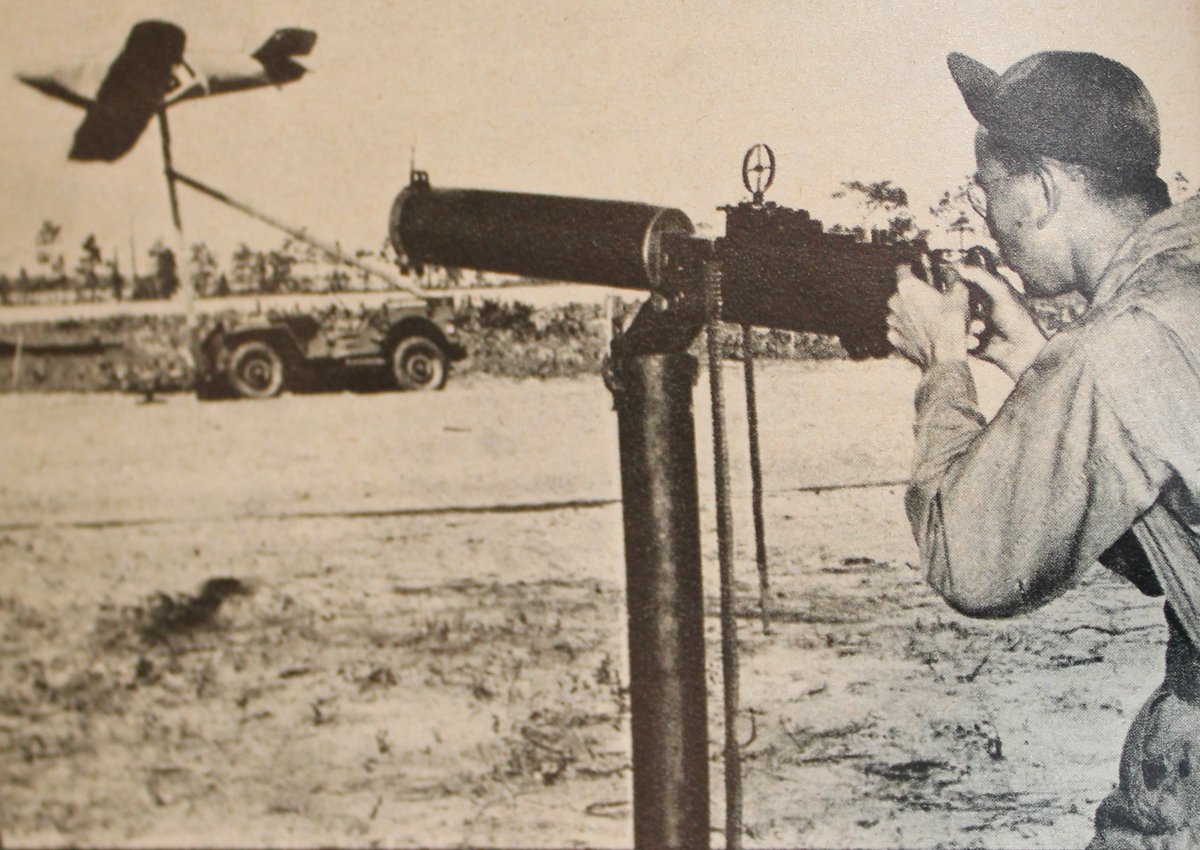
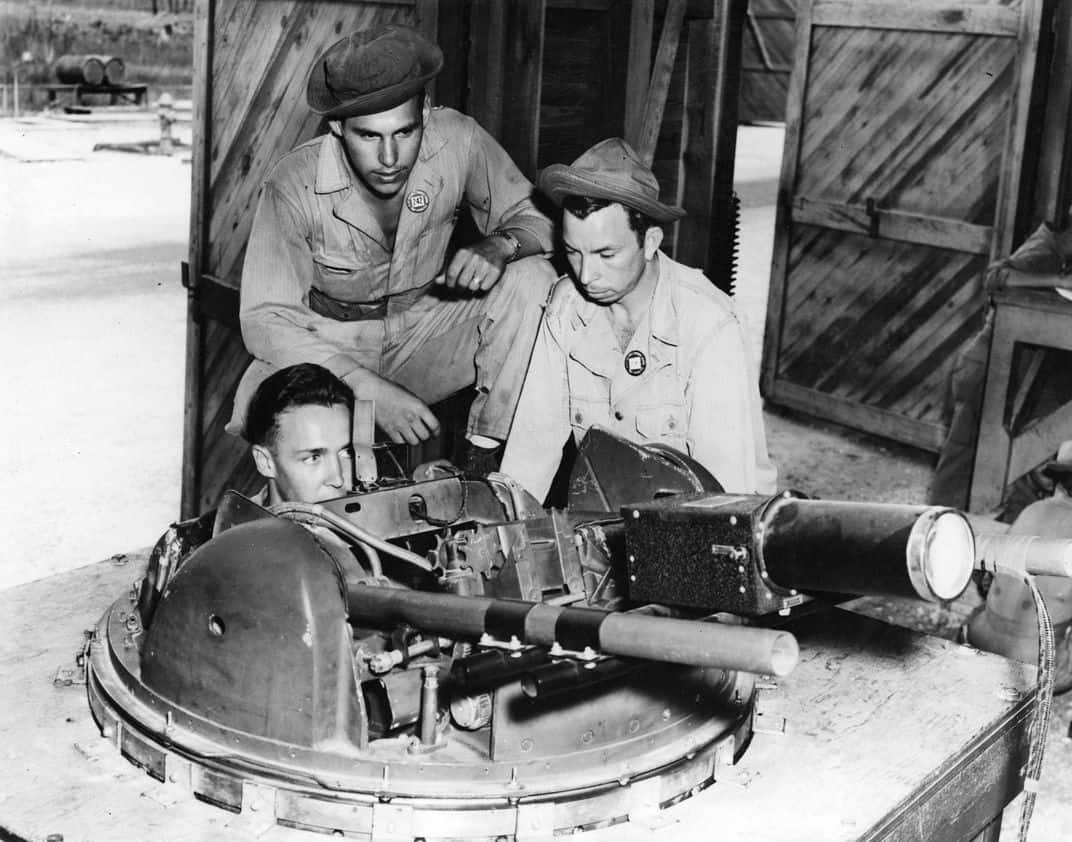
When considering the accomplishments of the now @usairforce from 1939 to 1941, it’s all quite remarkable.
They succeeded in simultaneously expanding sevenfold while modernizing. Virtually every aircraft that the @usairforce would use in WWII was either being designed or in production from 1939 to 1941.
When the Army Air Corps became the Army Air Force, airmen attained representation in helping formulate national strategy. They developed Doctrine for Strategic Bombing, which helped to bolster the idea of airpower helping win wars.
Unfortunately, with the strengthened focus on Strategic Bombing, the use of ground-support aviation started to take a backseat, where it would remain for some time. But we will figure it out eventually.
As always, if you're just tuning in or you've missed any of the previous threads, you can find them all saved on this account under ⚡️Moments or with this direct link twitter.com/i/events/13642…
• • •
Missing some Tweet in this thread? You can try to
force a refresh

